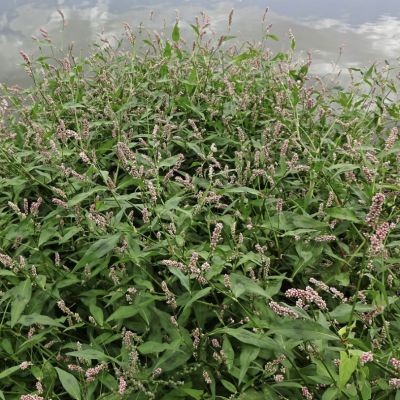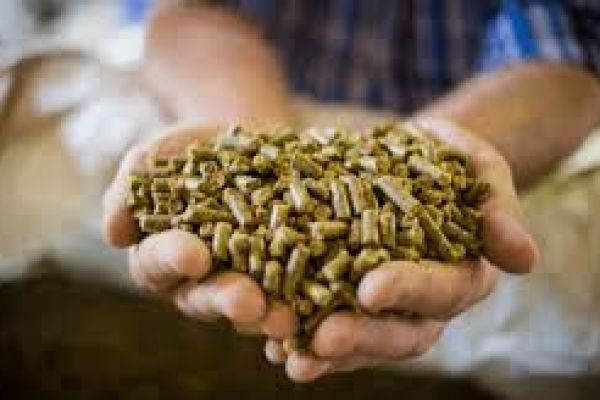The animal feed additives market is expected to experience consistent growth, supported by the rising global population and the increasing demand for protein-rich diets. The focus on healthier livestock and environmentally responsible farming practices will remain central to its development. As both developed and emerging markets continue to increase livestock production, opportunities for additive innovation and expansion will broaden, creating a more diverse and resilient landscape.
Rising demand in emerging economies
Emerging economies, particularly in Asia-Pacific and Latin America, are forecast to be the fastest-growing regions in the feed additives sector. Urbanization, rising incomes, and changing dietary patterns are fueling demand for poultry, beef, pork, and aquaculture products. This growth will require significant investments in animal nutrition, creating opportunities for additive manufacturers to strengthen their presence in these rapidly expanding markets.
Sustainability shaping market direction
Sustainability will be a defining feature of the market outlook, with governments and industry stakeholders pushing for practices that minimize environmental impacts. Additives designed to reduce methane emissions, improve feed conversion ratios, and support organic farming are expected to see greater adoption. These products not only help producers meet environmental targets but also align with consumer expectations for responsibly sourced food.
Innovation driving competitive advantage
The future market will favor companies that invest in continuous innovation. With natural additives, enzyme technologies, and precision feeding tools becoming increasingly important, the competitive landscape will reward those who can deliver solutions tailored to modern challenges. Strategic collaborations between feed producers, biotech firms, and digital technology providers are expected to accelerate the adoption of next-generation additives.
Regulatory developments influencing growth
The regulatory environment will play a significant role in shaping the market’s future. Regions such as the European Union, which have stringent regulations on antibiotic use, will continue to lead in the adoption of natural alternatives. At the same time, emerging markets will gradually adopt similar regulations, creating a global shift toward cleaner, safer, and more sustainable feed practices. Companies that proactively adapt to these changes will gain a first-mover advantage.
Aquaculture expansion fueling demand
Aquaculture will be a major growth driver within the market outlook, as seafood demand increases and wild catch remains limited. Additives that support fish health, improve water quality, and enhance digestion will be essential to scaling aquaculture sustainably. This presents a strong growth pathway for manufacturers focused on marine and freshwater species, broadening the scope of feed additive applications.
Conclusion
The outlook for the animal feed additives market is one of steady growth, driven by population expansion, sustainability demands, and technological innovation. Companies that can align with these global shifts—by offering natural, efficient, and eco-friendly solutions—will be well-positioned for long-term success. The market’s trajectory underscores its essential role in feeding a growing world responsibly.


